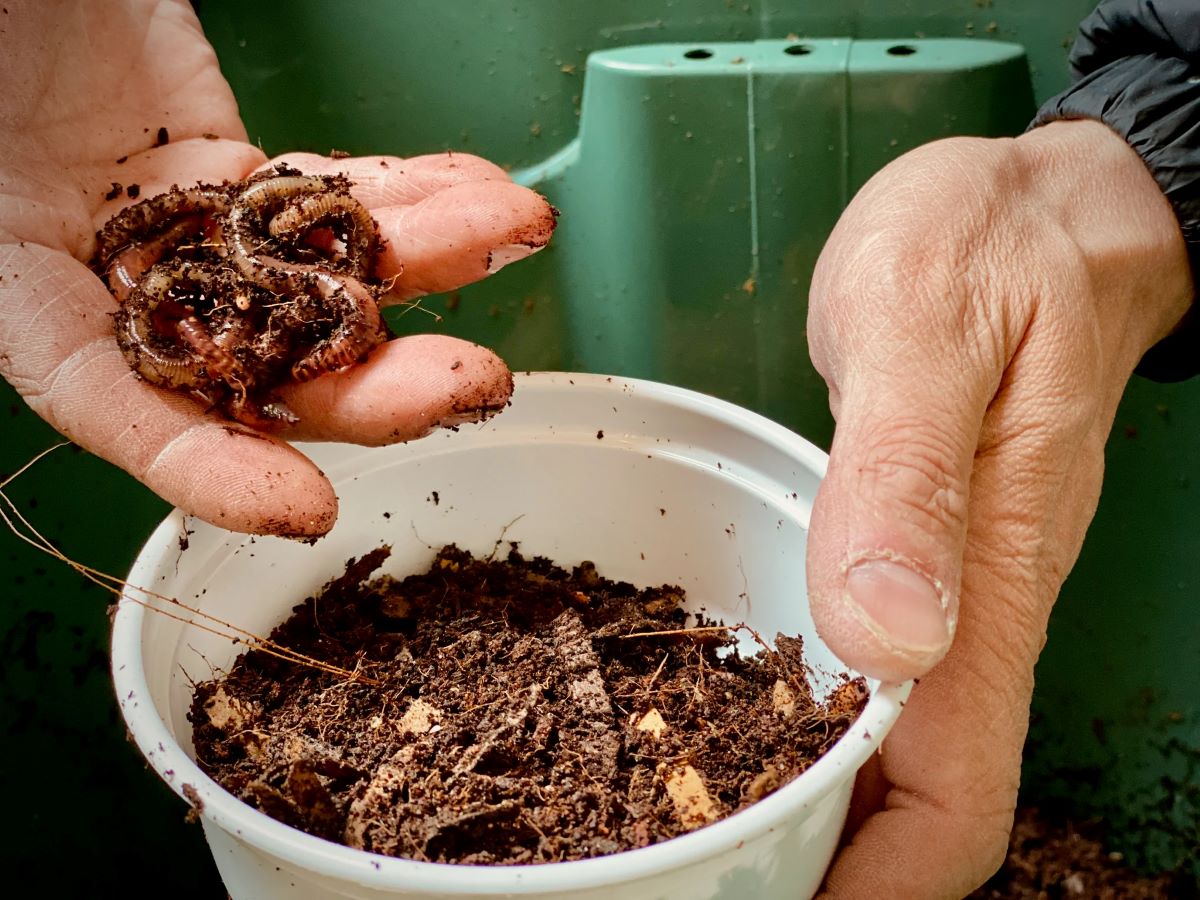

Articles
How To Store Earthworms
Modified: January 19, 2024
Discover effective methods and techniques for storing earthworms in this informative article. Improve your worm farming and composting skills.
(Many of the links in this article redirect to a specific reviewed product. Your purchase of these products through affiliate links helps to generate commission for Storables.com, at no extra cost. Learn more)
Introduction
Welcome to the world of earthworms! These fascinating creatures play a crucial role in maintaining the health and fertility of our soil. Whether you’re a vermiculture enthusiast or a farmer looking to store earthworms for composting or bait, proper storage is essential to ensure their vitality and longevity.
Storing earthworms successfully involves creating an environment that closely mimics their natural habitat. Factors such as temperature, moisture, bedding material, and ventilation all play a significant role in maintaining the health and well-being of your earthworms.
In this article, we will explore the key considerations and techniques for effectively storing earthworms. We will discuss suitable containers, preparation of the storage space, harvesting and preparing the worms for storage, the actual storage process, and monitoring the earthworms to ensure their thriving conditions.
By following these guidelines, you can maximize the lifespan and productivity of your stored earthworms, allowing you to enjoy the benefits of their natural soil-enriching capabilities and access to a readily available source of bait.
So, let’s dive in and learn how to store earthworms and create an optimal environment for their survival and well-being!
Key Takeaways:
- Create a comfortable environment for earthworms by considering temperature, moisture, bedding, and ventilation. Proper storage ensures their well-being and ability to contribute to soil health and fishing endeavors.
- Choose suitable containers, prepare the storage space, and monitor earthworms to ensure their thriving conditions. Effective storage maximizes their lifespan and productivity for vermicomposting and bait purposes.
Read more: Where Can I Buy Earthworms For My Garden
Factors to Consider Before Storing Earthworms
Before diving into the storage process, there are several crucial factors to consider to ensure the well-being of your earthworms. These factors include temperature, moisture levels, bedding material, and ventilation.
Temperature: Earthworms thrive in moderate temperatures ranging from 55°F to 77°F (13°C to 25°C). Extreme temperatures can be detrimental to their health. If the temperature falls below 40°F (4°C) or exceeds 85°F (30°C), it can cause stress or even death to your earthworms. Therefore, it is essential to choose a storage location with a controlled temperature to maintain their optimal conditions.
Moisture: Adequate moisture levels are vital for the survival and well-being of earthworms. They require a moist environment, but not one that is overly wet or dry. The ideal moisture content for earthworms is around 70% to 80%. To maintain the proper moisture level, you can periodically mist the bedding material with water to prevent it from drying out.
Bedding: The bedding material provides earthworms with a comfortable habitat and a food source. Good bedding materials include shredded newspaper, cardboard, coconut coir, or leaf litter. It is important to avoid materials that can release harmful chemicals or toxins, such as glossy paper or treated wood products. The bedding should be fluffy and loose to allow for proper air circulation and moisture distribution.
Ventilation: Earthworms require oxygen to survive. Proper ventilation is crucial to prevent the accumulation of carbon dioxide and maintain a healthy oxygen level. Ensure that your storage container has sufficient airflow. This can be achieved by using containers with holes or adding ventilation panels. Regularly check the containers to ensure adequate ventilation and make adjustments if necessary.
By considering these factors and creating a suitable environment for your earthworms, you will set the stage for successful storage and ensure the well-being of these beneficial creatures.
Suitable Containers for Storing Earthworms
Choosing the right container is crucial when it comes to storing earthworms. The container should provide a safe, comfortable, and suitable environment for the worms to thrive. Let’s explore some suitable container options:
Plastic Containers: Plastic containers are a popular choice for storing earthworms due to their durability and affordability. Opt for containers that are large enough to accommodate your worm population while providing sufficient space for movement. Make sure the container has a tight-fitting lid to prevent moisture loss and the entry of pests. Additionally, drill small holes in the container’s lid and sides to ensure adequate ventilation.
Wooden Boxes: Wooden boxes offer a natural and breathable alternative for storing earthworms. Use untreated wooden boxes, as chemicals in treated wood can be harmful to the worms. Ensure the box is well-constructed, with sturdy sides and a secure lid. To provide ventilation, drill small holes in the lid and sides of the box while ensuring they are small enough to prevent pests from entering.
Worm Bins: Worm bins, specifically designed for vermicomposting, are another excellent option for storing earthworms. These bins typically have multiple levels or compartments and are equipped with moisture control systems and ventilation. Look for worm bins made from recycled materials or high-density polyethylene, which are safe and durable. Ensure the worm bin has a lid to keep out pests and provides ample airflow.
When selecting a container, consider the size of your worm population, the availability of materials, and your budget. Whichever container you choose, make sure it meets the specific needs of the earthworms regarding moisture, temperature, and ventilation.
Remember, the primary goal is to create a comfortable and nurturing environment for your earthworms, which will allow them to thrive and contribute to the health of your compost or serve as bait for your fishing endeavors.
Preparing the Storage Container
Once you have chosen a suitable container for storing your earthworms, the next step is to prepare the container before introducing the worms. Proper preparation ensures a clean and favorable environment for their survival and well-being. Let’s explore the essential steps in preparing the storage container:
Cleaning: Start by thoroughly cleaning the storage container to remove any residue, dirt, or potential contaminants. Wash the container with mild soap and warm water, and rinse it well to eliminate any traces of cleaning agents. Avoid using harsh chemicals or bleach, as they can be harmful to the worms. A clean container provides a fresh start for your earthworms.
Adding Bedding Material: After cleaning, add a layer of bedding material to the bottom of the container. The bedding material serves as a comfortable habitat for the earthworms and a source of food. Popular bedding options include shredded newspaper, cardboard, coconut coir, or leaf litter. Ensure the bedding is damp but not dripping wet. The bedding should be fluffy and loosely packed to allow for proper air circulation and moisture control.
Moistening the Bedding: Earthworms thrive in a moist environment, so it’s important to ensure that the bedding is adequately moistened. Sprinkle water onto the bedding material and mix it evenly to distribute the moisture. Be careful not to add too much water, as overly wet bedding can lead to suffocation or the growth of harmful bacteria. Check the moisture level regularly and adjust as needed throughout the storage period.
By following these steps, you are setting the stage for an optimal environment for your earthworms. A clean and well-prepared storage container, with appropriate bedding material and moisture content, will provide a comfortable and nourishing home for your earthworms to thrive and fulfill their role in composting or fishing bait.
Store earthworms in a container with damp soil or bedding, and keep them in a cool, dark place such as a refrigerator. Make sure to change the soil regularly to keep it moist and clean.
Harvesting and Preparing Earthworms for Storage
Before storing your earthworms, it’s essential to properly harvest and prepare them to ensure their health and longevity. This process involves sorting and separating the worms, removing excess moisture, and providing a food source. Let’s explore each step in detail:
Sorting and Separating: Start by gently sorting through the bedding material to separate the earthworms from any debris or undigested organic matter. This can be done manually or by using a process called “passive harvesting,” where you create a light source to attract the worms and then carefully remove them from the top layer of the bedding. Take care to handle the worms with a gentle touch to avoid damaging them.
Removing Excess Moisture: Excess moisture can be detrimental to the health of the earthworms during storage. Before transferring them to the storage container, gently pat or shake the worms to remove any excess moisture clinging to their skin. This helps ensure a suitable moisture balance in the container and prevents the growth of harmful bacteria and mold.
Providing Food Source: Earthworms need a continuous supply of organic matter as their food source. Before storing them, make sure to add fresh organic material to the bedding. Suitable food sources include vegetable scraps, fruit peels, coffee grounds, and shredded leaves. Bury the food scraps within the bedding material, ensuring that it is easily accessible to the worms. The addition of food provides nourishment and ensures the worms have enough sustenance throughout the storage period.
By following these steps, you are preparing your earthworms for a successful storage experience. The sorting and separating process removes any unwanted materials, while removing excess moisture and providing a food source ensures the worms’ well-being during storage. With these preparations in place, your earthworms will be ready for their new home in the storage container.
Read more: How To Store Store-Bought Bread
Storing Earthworms
Now that you have prepared your storage container and your earthworms are sorted and ready, it’s time to transfer them to their new home. The key to successful worm storage lies in creating an environment that closely replicates their natural habitat. This involves layering the container, maintaining optimal conditions, and ensuring proper ventilation. Let’s delve into each step:
Layering the Container: Begin by layering the storage container with alternating layers of bedding material and earthworms. Start with a layer of damp bedding material, followed by a layer of earthworms. Repeat this process until the container is filled, making sure to end with a layer of bedding material on top. The layering provides the worms with space to move comfortably and burrow while maintaining a balanced moisture level throughout the container.
Maintaining Optimal Conditions: To ensure the health and well-being of your earthworms, it is vital to maintain optimal conditions inside the storage container. Check the moisture level regularly and adjust it by lightly misting or sprinkling water as needed to keep the bedding material moist but not soaking wet. Monitor the temperature to ensure it stays within the optimal range of 55°F to 77°F (13°C to 25°C). Fluctuations in temperature can stress or harm the worms, so it’s important to keep the storage area as stable as possible.
Ensuring Proper Ventilation: Adequate airflow is essential for the survival of your earthworms. While layering the container, make sure there are small ventilation holes in the lid and sides of the container to allow for proper air exchange. These holes will prevent the buildup of carbon dioxide and ensure a fresh supply of oxygen reaches the worms. Regularly inspect the storage container to ensure that the ventilation holes are clear and unobstructed.
By following these guidelines, you are creating a comfortable and suitable environment for your stored earthworms. The layering process provides them with ample space and a balanced moisture level, while maintaining optimal temperature and ventilation ensures their well-being. Remember to periodically monitor and make adjustments as needed to maintain the optimal storage conditions for your earthworms.
Monitoring the Stored Earthworms
Once you have stored your earthworms, it is crucial to monitor their well-being regularly. Monitoring allows you to identify and address any issues that may arise, ensuring the continued health and vitality of your worms. This involves conducting regular check-ups, addressing any problems promptly, and implementing pest control measures. Let’s explore each aspect further:
Regular Check-ups: Schedule regular check-ups on your stored earthworms to assess their condition. Gently lift the top layer of bedding material to observe the worms’ activity and overall health. Look for signs of vitality, such as active movement and healthy coloration. If you notice any unusual behavior, such as lethargy or discoloration, it may indicate a problem that needs attention.
Addressing Issues: If you identify any issues during your check-ups, take immediate action to address them. For example, if you notice a foul odor, it could indicate rotting organic material or excess moisture. In this case, remove the affected bedding material and replace it with fresh, dry bedding. If the worms appear too dry, lightly mist the bedding to increase the moisture level. Addressing issues promptly helps maintain a healthy environment for your earthworms.
Pest Control: Pest infestations can pose a threat to the well-being of your stored earthworms. Keep an eye out for any signs of pests such as mites, flies, or ants in the storage container. If you notice an infestation, take immediate measures to control the pests. You can introduce natural predators like nematodes or practice organic pest control methods by using diatomaceous earth or beneficial nematodes. Avoid using chemical pesticides, as they can harm the worms and disrupt the balance of the ecosystem.
By regularly monitoring your stored earthworms, promptly addressing any issues, and implementing pest control measures, you can ensure the continued health and thriving conditions of your earthworm population. Monitoring is an essential part of the storage process and helps maintain a productive and successful environment for your stored earthworms.
Conclusion
In conclusion, effective storage of earthworms is crucial to maintain their health and vitality. By considering factors such as temperature, moisture, bedding, and ventilation, you can create an environment that closely mimics their natural habitat. This ensures the well-being of your earthworms and allows them to thrive in storage.
Choosing suitable containers, such as plastic containers, wooden boxes, or worm bins, provides a safe and comfortable space for your earthworms. Preparing the storage container by cleaning it, adding the appropriate bedding material, and moistening it sets the stage for a successful storage process.
Harvesting and preparing the earthworms, including sorting and separating them, removing excess moisture, and providing a food source, ensures their well-being during storage. Properly layering the container, maintaining optimal conditions such as moisture and temperature, and ensuring proper ventilation create an environment where the earthworms can thrive.
Monitoring the stored earthworms through regular check-ups allows you to address any issues promptly. Taking proactive measures to address problems and implementing pest control measures ensures the continued health and vitality of your earthworm population.
By following these guidelines, you can successfully store earthworms, whether for vermicomposting, soil enrichment, or fishing bait purposes. Remember, earthworms play a vital role in maintaining soil fertility and healthy ecosystems. By providing them with an optimal storage environment, you can harness their incredible abilities and contribute to a sustainable and vibrant ecosystem.
So, start storing your earthworms with care and enjoy the benefits of these marvelous creatures!
Frequently Asked Questions about How To Store Earthworms
Was this page helpful?
At Storables.com, we guarantee accurate and reliable information. Our content, validated by Expert Board Contributors, is crafted following stringent Editorial Policies. We're committed to providing you with well-researched, expert-backed insights for all your informational needs.


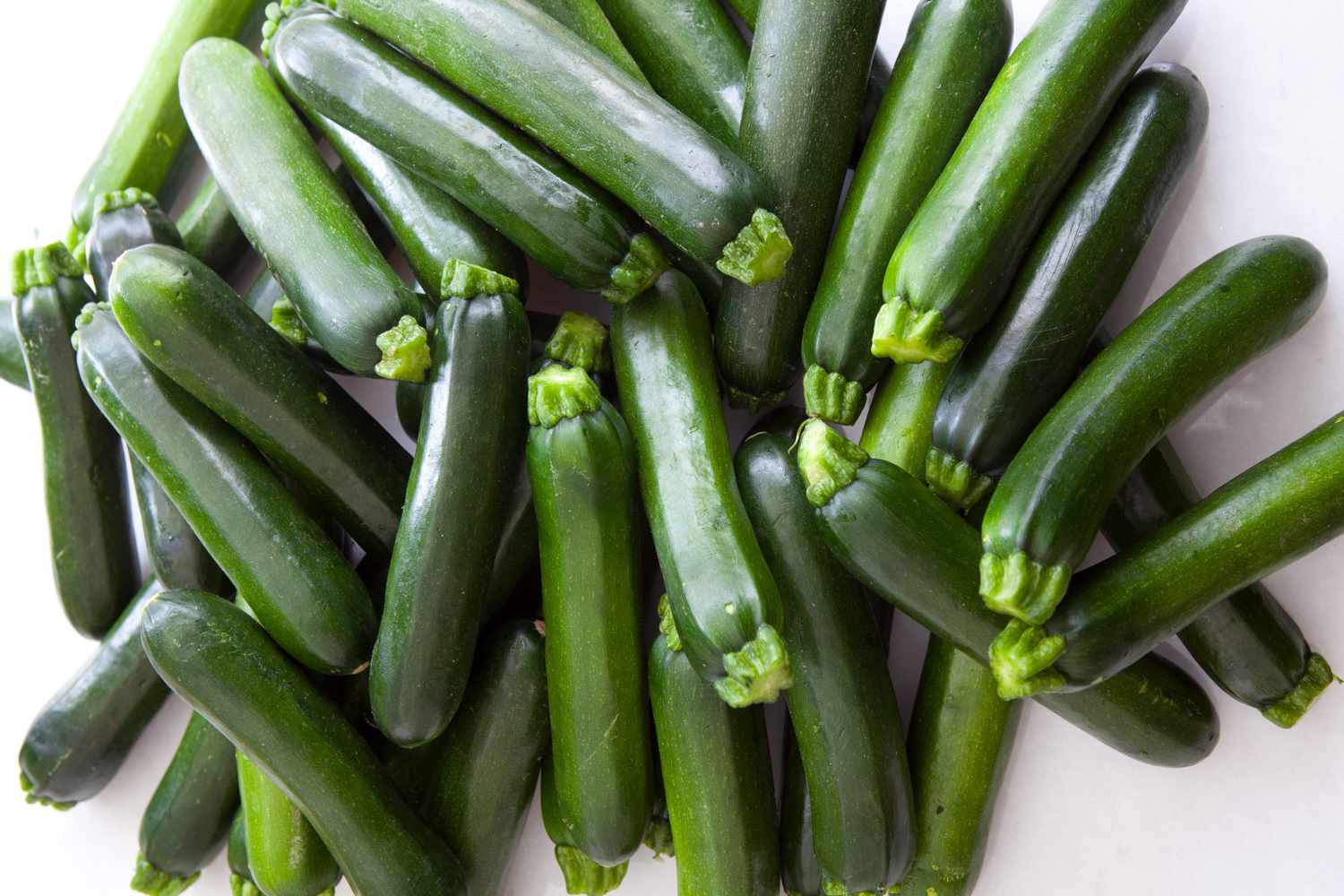


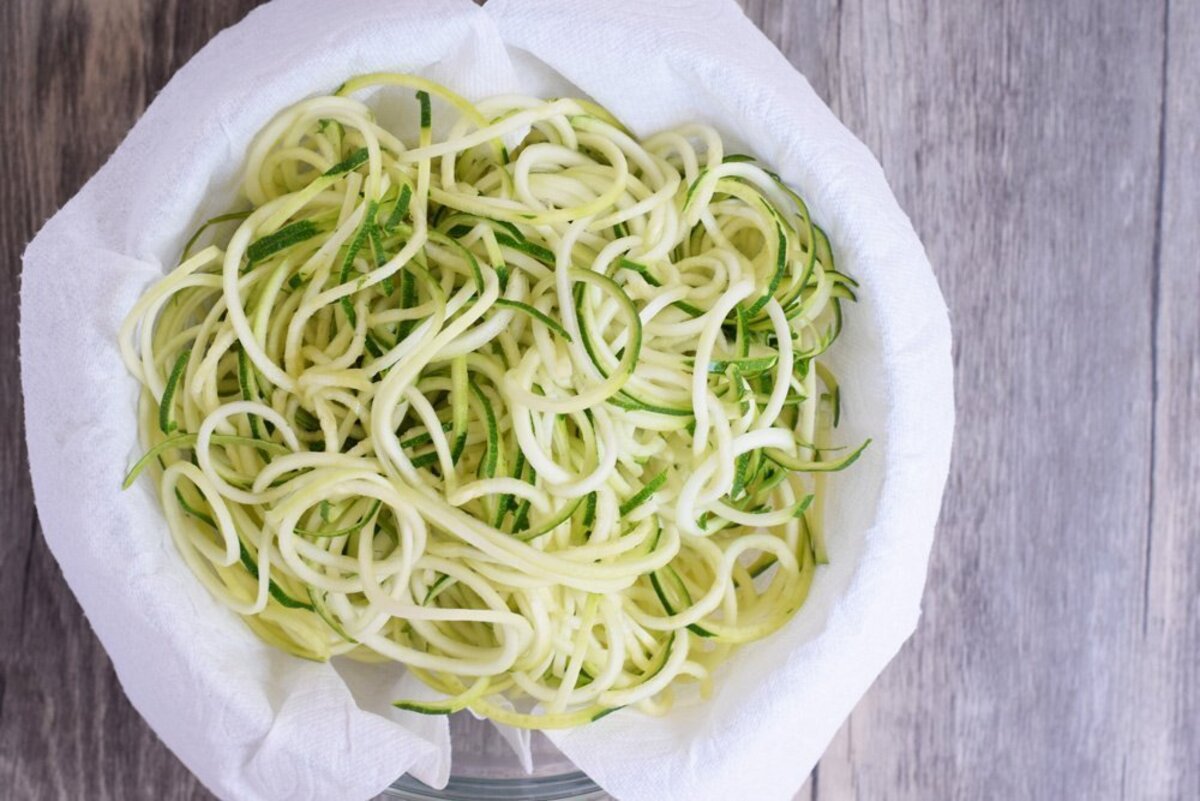
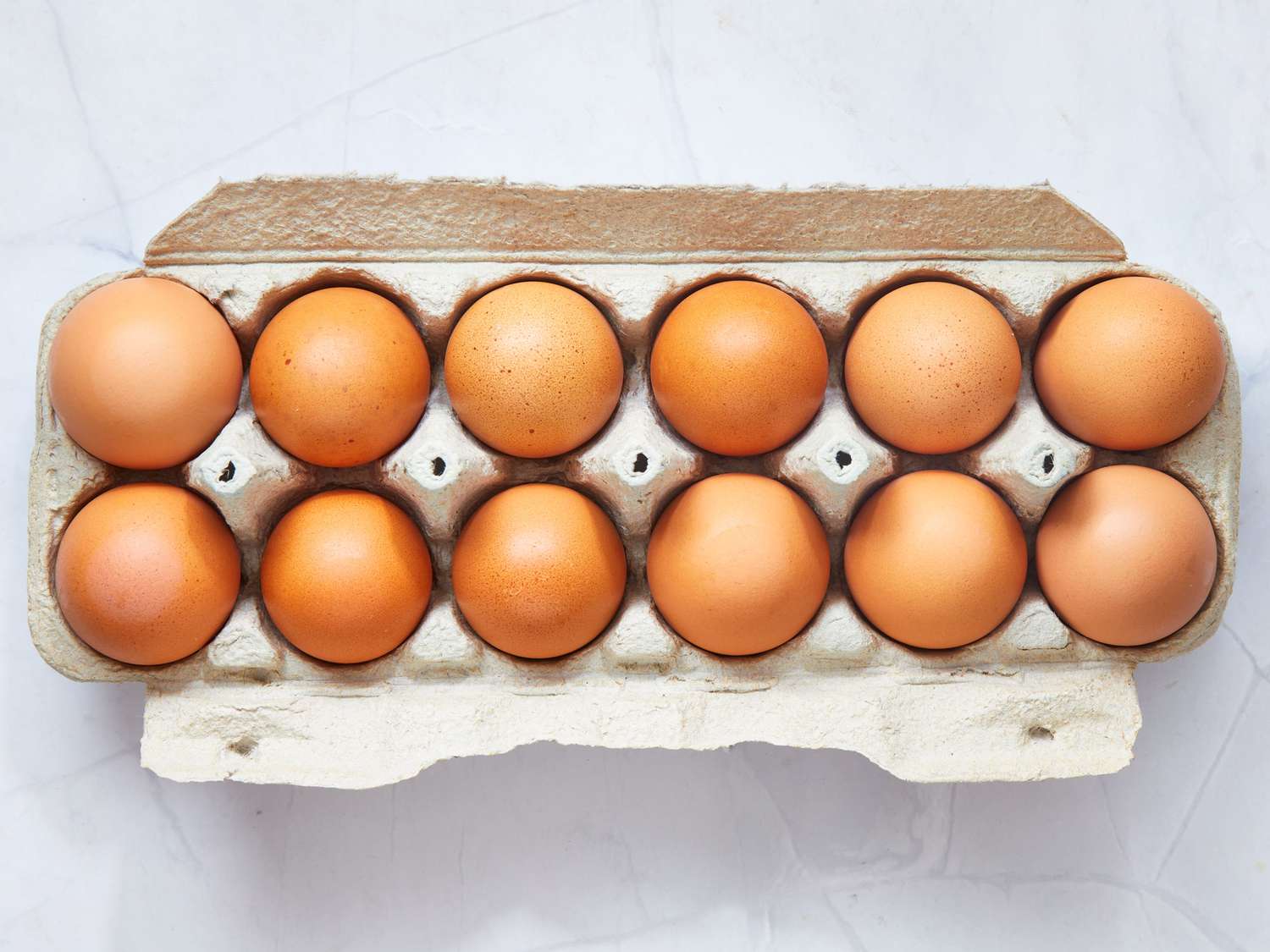
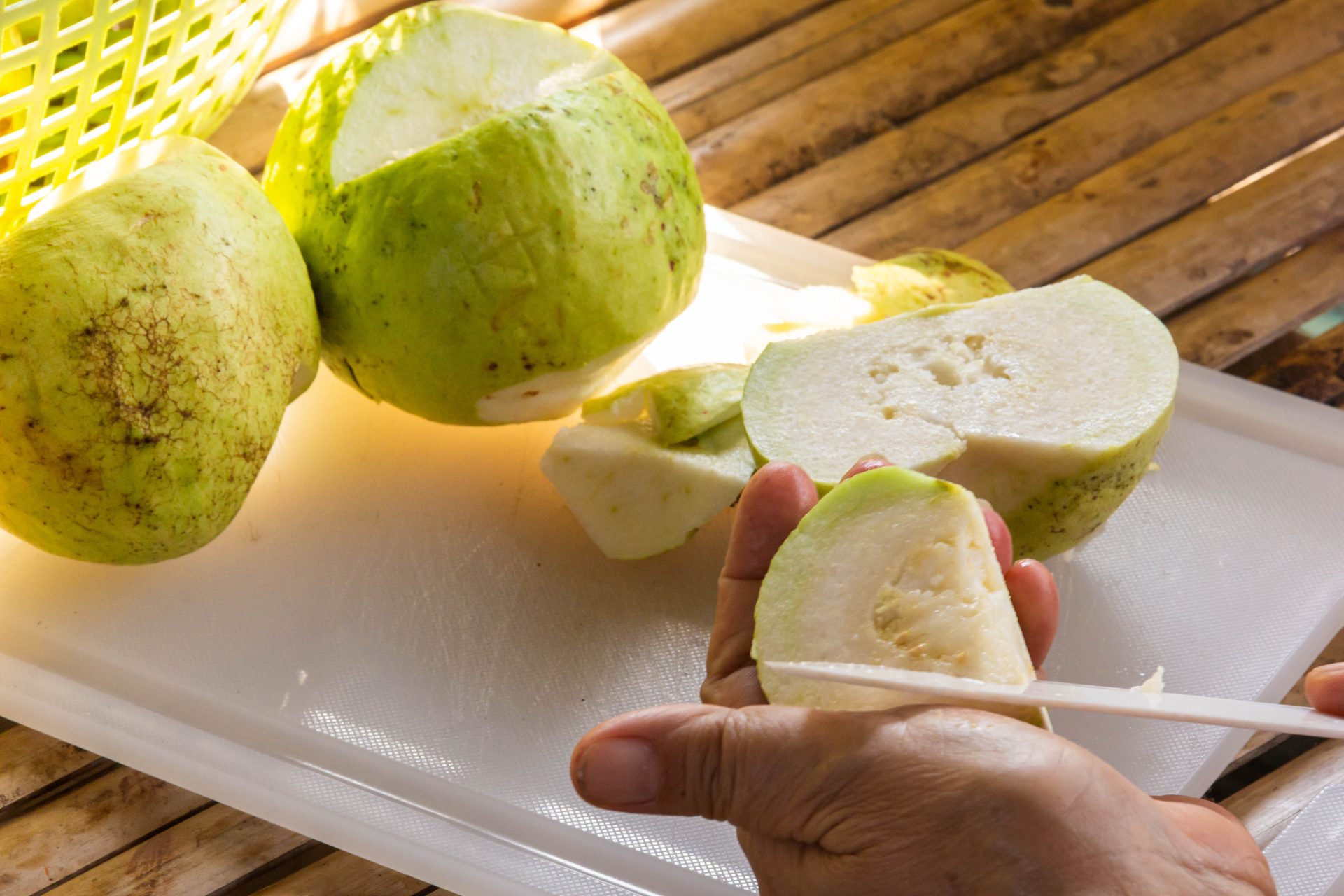
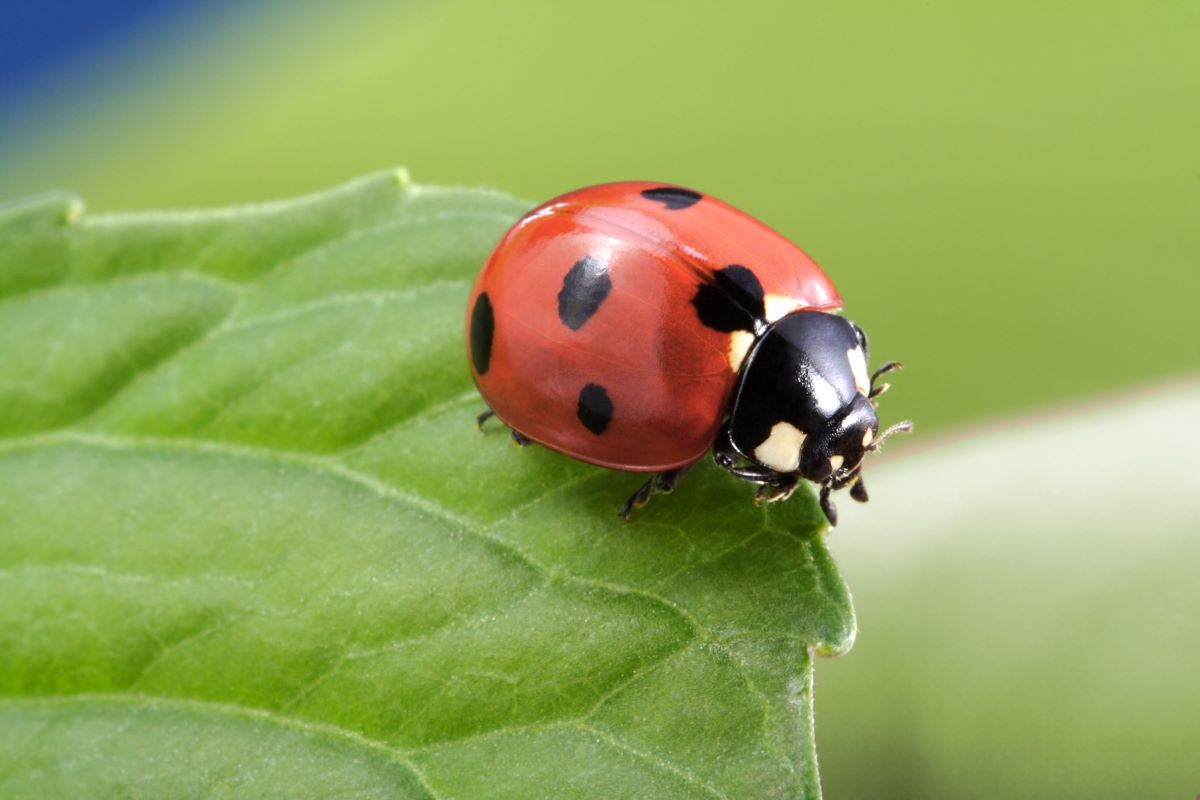






0 thoughts on “How To Store Earthworms”